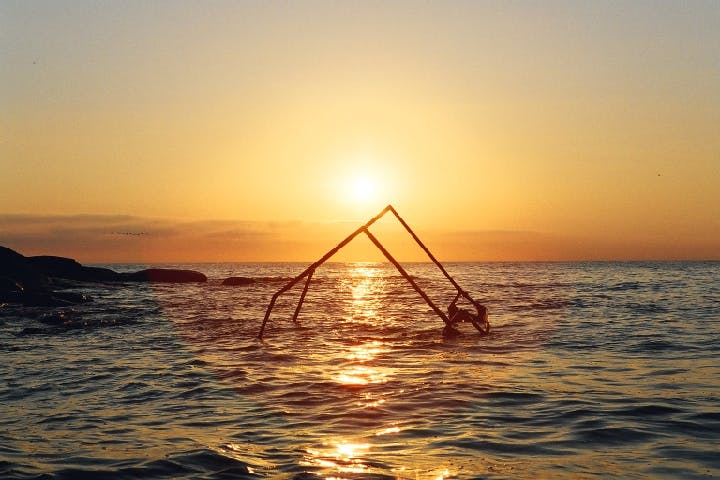Fall 2007
Where Islamism Fizzled
– The Wilson Quarterly
A brief Islamic rebirth occurred in the republic of Daghestan in 1991, but it may have been doomed from the start by seven decades of Soviet rule.
When the Soviet Union collapsed in 1991, the Russian constituent republic of Daghestan experienced a dramatic religious awakening. Islamic schools and mosques opened, new periodicals and political parties sprang up, and ubiquitous portraits of Lenin were ripped down and replaced with images of Imam Shamil, a 19th-century Muslim war hero. With the establishment of more than 1,600 mosques, even the appearance of Daghestani villages was transformed, writes Vladimir Bobrovnikov, a senior researcher at the RAS Institute of Oriental Studies in Moscow. It took the Soviets 40 years to open only about 200 public high schools in the republic. Within a decade, private Muslim donors had started nearly 700 Qur’anic classes in mosques, in addition to 38 Islamic colleges and other institutions of higher education.
Then the Islamic awakening began to fizzle. The post-Soviet Islamic parties that had arisen in the early 1990s disappeared. Some mosques and schools were shuttered. Religious donations continued, but some of the donors were tarnished by profits from the manufacture of alcoholic beverages, the drug trade, and banking. A handful of new Islamic institutions opened, but this did not “lead to perceptible results,” according to Bobrovnikov.
What stunted the Muslim spiritual revival in the seemingly fertile soil of Russia’s southernmost republic? Part of the explanation may well lie in the history of the poor and mountainous region’s 30-odd ethnic groups. They speak 30 different languages and have been so independent that even Imam Shamil struggled to keep them together. While the republic is at least 90 percent Muslim, its leading sheikhs don’t get along.
Daghestan has long been a bastion of the Islamic mystical tradition of Sufism, deemed sacrilegious by the ultraorthodox Wahhabi sect. In turn, Wahhabism, with its roots in Saudi Arabia, is denigrated as “dollar Islam.” Bobrovnikov says that Wahhabi imams have been (falsely) accused of accepting money from Arab missionaries for every newly converted person. After the outbreak of the war in Chechnya—Daghestan’s immediate western neighbor—Russian authorities blamed the Wahhabis for inciting the violence. And when Chechen rebels raided some Daghestani villages in 1999, government authorities shut down Wahhabi mosques and schools, killing their leaders and forcing others to leave the country. The Wahhabis have been driven underground, where they threaten to create new splits among the faithful, Bobrovnikov writes.
The real cause of the failure of Islam in Daghestan lies in seven decades of Soviet rule, according to Bobrovnikov. The Muslim spiritual elite of the past century died in Stalin’s prison camps, and no new scholars were allowed to arise. At the start of the Soviet era, roughly 10 percent of Daghestanis were sufficiently well versed in the Qur’an to be among the spiritual elite. The figure is now less than 0.1 percent.
The new Muslim institutions of higher education have cobbled together curricula that are neither strongly religious nor rigorously secular. Students at the North Caucasian Islamic University, for example, take 432 hours of Qur’anic exegesis, 360 hours of physical education, and 72 hours each of information technology, homeland history, international relations, and astrophysics. “Many of them are forced to obtain a second secular education when looking for a job.”
The Daghestan “Islamic spiritual revival” has been stillborn, Bobrovnikov says. Even Muslim students who have gone abroad to study at religious centers in Syria, Egypt, Saudi Arabia, and Tunisia have “long ago given up their studies and gone into the Russian-language tourist business.”
* * *
The Source: "The 'Islamic Revival' in Daghestan Twenty Years Later" by Vladimir Bobrovnikov, in Central Asia and the Caucasus, Nov. 2, 2007.
Photo courtesy of Flickr/Bolshakov
